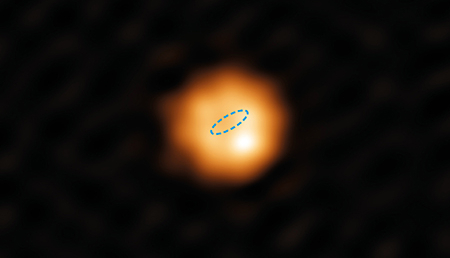United flies its last 747
United yesterday completed its last scheduled 747 passenger flight, ending a period lasting almost a half century since the first 747 took off.
The flight had a 1970s theme, with the crew in vintage uniforms and the passengers dressing in costumes invoking that time period.
The article does a nice job of recounting the 747’s history, as well as why it is being replaced. It also noted this:
[T]he aircraft would go on to defy all expectations. Boeing anticipated it would become obsolete before the Nineties, believing that supersonic jets would overtake conventional aircraft.
In fact the 747 is still in production with current orders placed by a number of developing countries which will potentially see it serving into 2030. While the aircraft’s life is limited in the US – with Delta the only airline still flying the craft and due to retire it later this year – other major carriers will continue operating it well into the next decade. British Airways, which now operates 36 of the aircraft, more than any other airline, has confirmed it will be phasing it out – but will not part ways with it entirely until 2024.
Even once it has disappeared from passenger routes, it is expected the 747 will go on to serve many more years as a cargo plane.
United yesterday completed its last scheduled 747 passenger flight, ending a period lasting almost a half century since the first 747 took off.
The flight had a 1970s theme, with the crew in vintage uniforms and the passengers dressing in costumes invoking that time period.
The article does a nice job of recounting the 747’s history, as well as why it is being replaced. It also noted this:
[T]he aircraft would go on to defy all expectations. Boeing anticipated it would become obsolete before the Nineties, believing that supersonic jets would overtake conventional aircraft.
In fact the 747 is still in production with current orders placed by a number of developing countries which will potentially see it serving into 2030. While the aircraft’s life is limited in the US – with Delta the only airline still flying the craft and due to retire it later this year – other major carriers will continue operating it well into the next decade. British Airways, which now operates 36 of the aircraft, more than any other airline, has confirmed it will be phasing it out – but will not part ways with it entirely until 2024.
Even once it has disappeared from passenger routes, it is expected the 747 will go on to serve many more years as a cargo plane.





